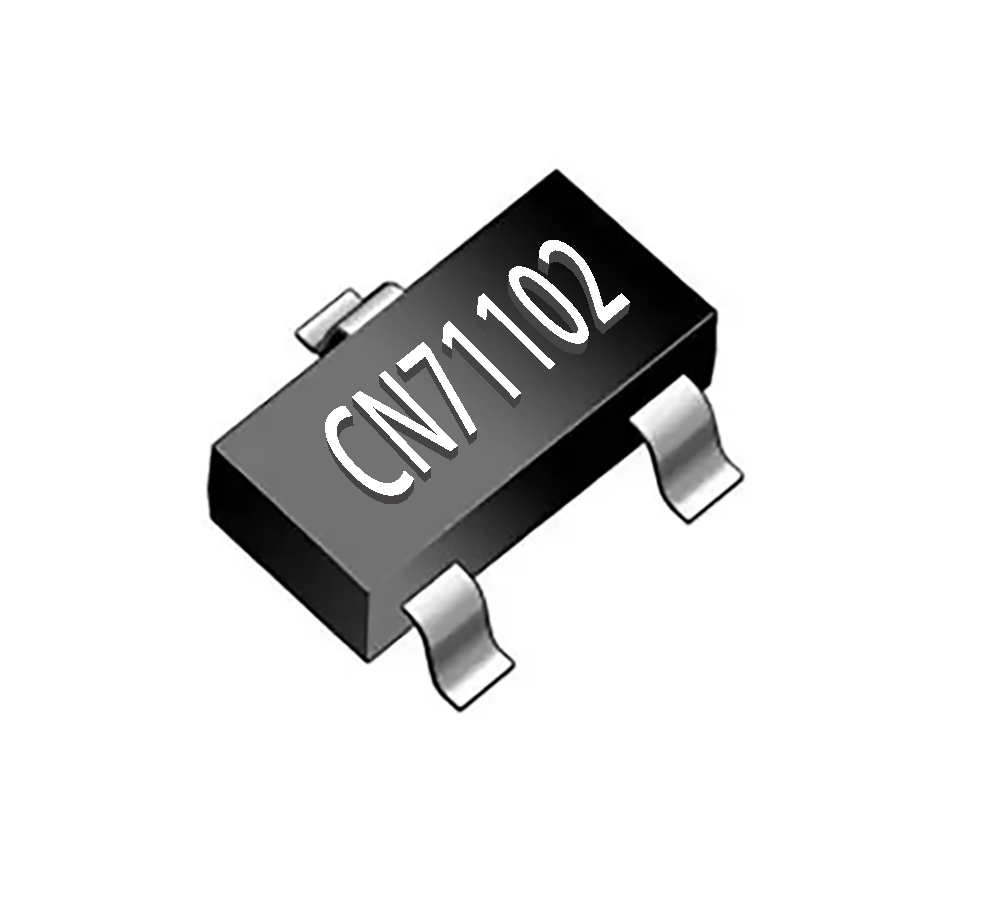Zero Crossing Detection Chip-CN71102
The CN71102 is a dedicated chip for zero crossing detection circuits, which realizes the detection function by monitoring the input voltage. When the input voltage is less than the threshold, the optocoupler is driven to obtain a zero crossing detection signal, which is provided to the application control system, and when the input voltage is greater than the threshold, the output shows a high resistance state. The chip has a very low power consumption, with a quiescent current of less than 1 µA, so a large portion of the power is used to drive the optocoupler to obtain a wider zero crossing detection pulse for system identification. The chip's VIN pin is designed as a Schmitt trigger with a high level threshold of 2.15 V and a low level threshold of 0.95 V. The internal hysteresis feature helps to filter out burrs on the power line and avoid false zero crossing detection signals caused by noise. In addition, the CN71102 integrates a rectifier diode for the power supply of the chip and optocoupler, and a regulator diode on the input side, so that only one capacitor is needed to rectify the input voltage and supply power to the IC and optocoupler, and the whole solution requires only a few peripheral devices.
The CN71102 is available in SOT23-3 package.
Zero Crossing Detection Chip
Chip Features
Low power consumption, quiescent current <1uA
High detection accuracy
Effective power line noise filtering
Integrated rectifier diode
Integrated voltage regulator diode
Few peripheral components
 Typical Applications
Typical Applications
 Ordering Information
Ordering Information
Product Number | Package | Quantity/Tape |
CN71102 | SOT23-3 | 3000/Tape |




 Current Location:
Home >
Products >
Signal detection and protection devices >
Zero Crossing Detection Chip >
Zero Crossing Detection Chip
Current Location:
Home >
Products >
Signal detection and protection devices >
Zero Crossing Detection Chip >
Zero Crossing Detection Chip


![]() Typical Applications
Typical Applications![]() Ordering Information
Ordering Information